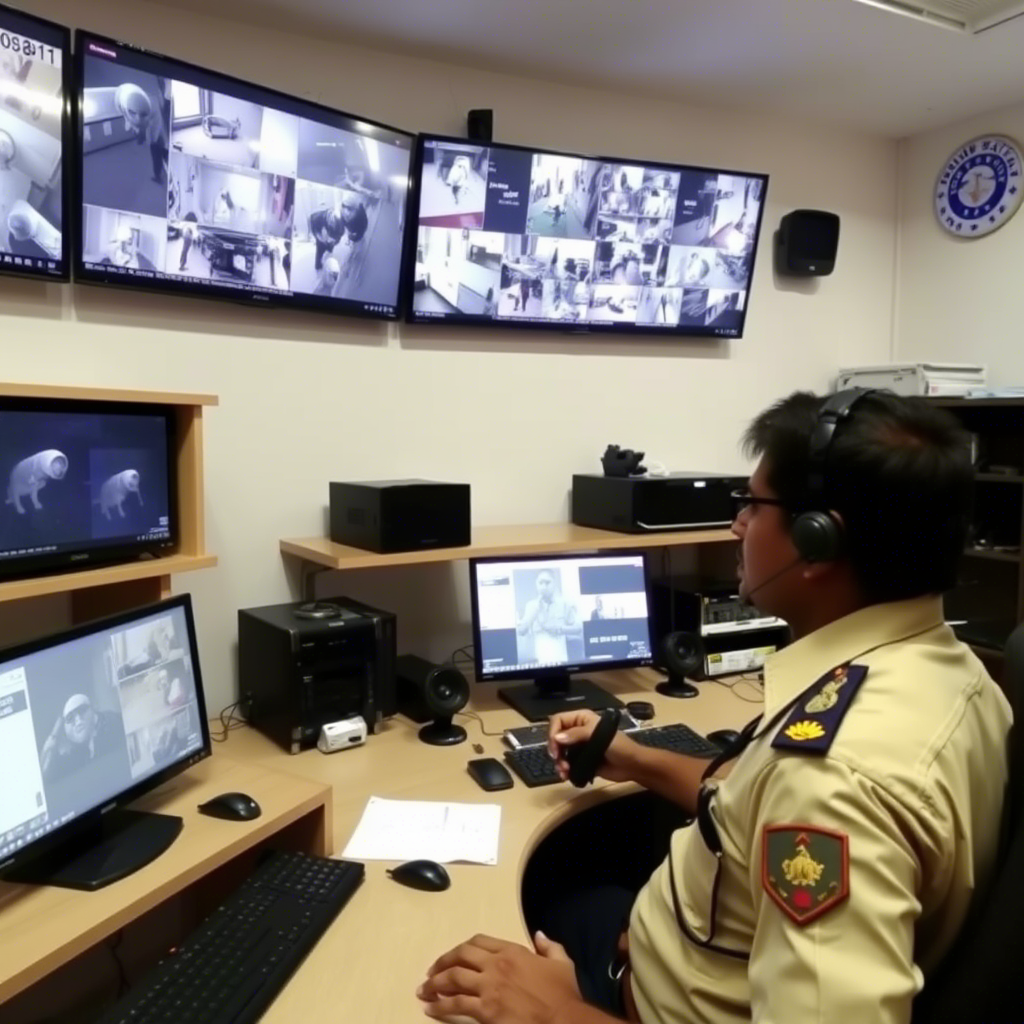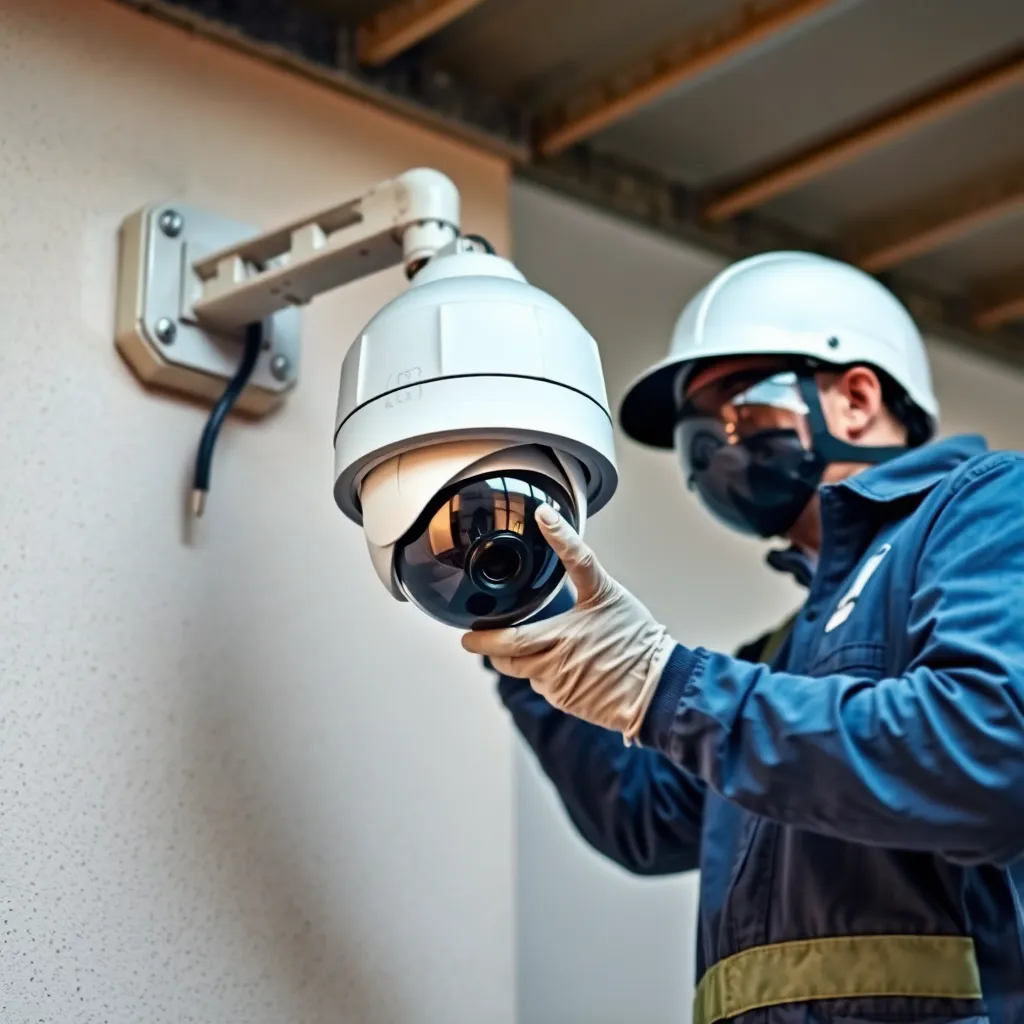Overview

Explosion-proof cameras are specialized surveillance devices engineered to operate safely in hazardous environments where flammable gases, vapors, or dust pose a significant risk of explosion. These cameras are essential in industries such as oil and gas, chemical manufacturing, and mining, where continuous monitoring is critical for maintaining safety and compliance with stringent operational standards. With their robust construction and adherence to safety certifications, explosion-proof cameras enhance operational efficiency while mitigating risks associated with potentially explosive atmospheres.
Types of Explosion-Proof Cameras
-
Fixed Dome Cameras
- Description: Fixed dome cameras are mounted on ceilings or walls within an inverted dome-shaped casing. This design conceals the camera’s direction, making it difficult for potential intruders to determine its focus.
- Use Case: Ideal for monitoring static areas that require a wide field of view, such as entry points and large open spaces.
-
PTZ (Pan-Tilt-Zoom) Cameras
- Description: PTZ cameras offer versatile surveillance capabilities, allowing operators to pan left and right, tilt up and down, and zoom in and out.
- Use Case: Perfect for dynamic environments where comprehensive coverage of large areas is needed. Advanced models support automatic motion-triggered movements for enhanced responsiveness.
-
Zoom IR Cameras
- Description: Zoom IR cameras combine zoom lens functionality with infrared capabilities, enabling effective night surveillance.
- Use Case: Equipped with infrared LEDs, these cameras capture clear images in low-light or dark conditions, making them suitable for environments with limited visibility.
-
Specialized Intrinsically Safe Cameras
- Description: Intrinsically safe cameras are designed to prevent ignition sources in hazardous areas. They contain internal sparks and ensure safe operation in environments with explosive materials or gases.
- Use Case: Essential for industries with high explosion risks, such as oil refineries and chemical plants.
Applications Across Industries
Explosion-proof cameras are deployed in various sectors, including:
- Oil and Gas: Continuous surveillance helps detect early warning signs of potential gas-related incidents, enhancing safety protocols.
- Chemical Manufacturing: Ensures safe handling of materials and compliance with stringent safety regulations.
- Mining Operations: Provides real-time observations to detect hazardous conditions and improve worker safety.
- Transportation and Logistics: Monitors the safe loading and unloading of hazardous cargo, ensuring compliance with safety standards.
Standards and Certifications
Explosion-proof cameras must comply with various international standards, including the IEC 60079 series and ATEX directives, which govern the safety of equipment used in explosive atmospheres. Compliance with these standards is crucial for manufacturers seeking to market their explosion-proof cameras globally, ensuring safety and reliability.
Features and Specifications
-
Explosion-Proof Design: Engineered to operate safely in hazardous environments, explosion-proof cameras utilize robust construction principles to prevent ignition of external atmospheres.
-
Intrinsically Safe Technology: Some cameras incorporate intrinsically safe technology, operating at low energy levels insufficient to ignite hazardous materials, ensuring safe operation in explosive environments.
-
Certification and Markings: Certified equipment must display relevant markings indicating its safety level and intended application, ensuring compliance with local regulations and enhancing user confidence.
-
Temperature Ratings and Protection Levels: Markings include temperature ratings and classifications that define the camera’s safety performance in various conditions, ensuring they meet the demands of extreme environments.
Conclusion
Investing in explosion-resistant cameras and housings is essential for industries operating in hazardous environments. These specialized surveillance solutions not only enhance safety and compliance but also provide peace of mind in managing risks associated with explosive atmospheres




